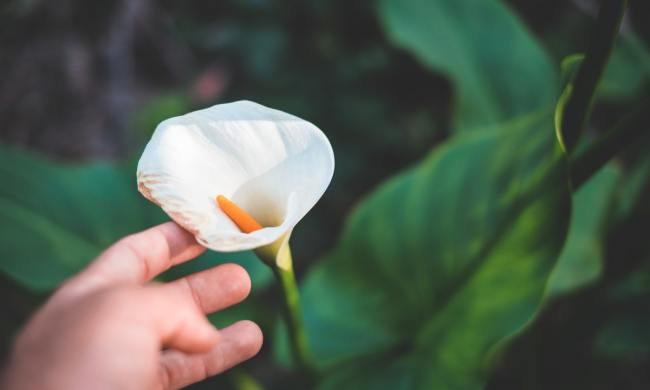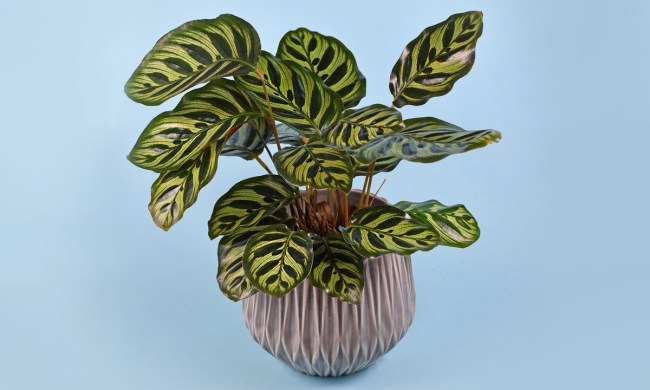If you're looking for a beautiful plant that will captivate your guests, then you should take a look at a goldfish plant. The goldfish plant, or Nematanthus gregarius, features beautiful red-orange blooms that look just like leaping goldfish. Not only are they unique and stunning, but goldfish plants are also relatively hardy houseplants! While they can be a bit tricky if you aren't familiar with their needs, anyone can grow a goldfish plant with the proper instructions and a bit of patience. To help you get started, here's our guide to goldfish plant care.
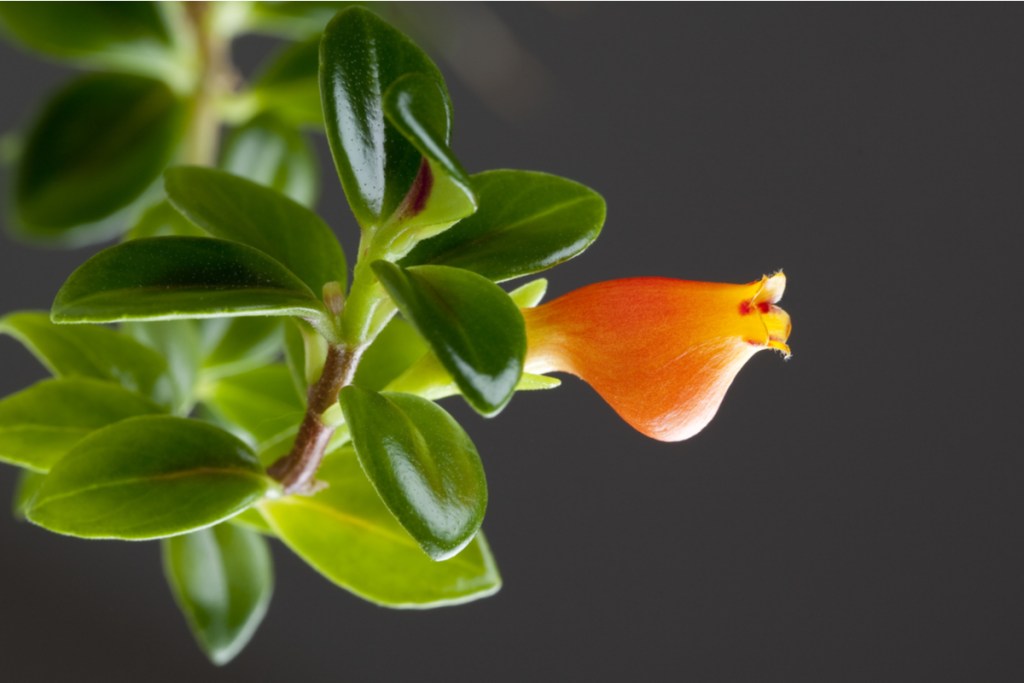
How to care for a goldfish plant
With thick, waxy leaves, the goldfish plant resembles a hoya (or wax plant) in many ways. Goldfish plant care is pretty similar to hoya care as well.
Step 1: Fill a pot with loose, well-draining soil that has perlite or pumice mixed into it. Goldfish plants have shallow roots, so there’s no need to repot it very often. As long as you keep it inside a healthy potting mix, it should continue to grow.
Step 2: Use a humidifier to prevent dry air from damaging the plant's foliage. Without adequate humidity, you might start to see the plant's leaves pucker and wrinkle. If you notice that, increase the humidity level until the leaves fill out again.
Step 3: Water your plant thoroughly when the top inch or two of the soil feels dry to the touch. Keep the soil moist without drowning the roots. While it stores water in its fleshy foliage, the goldfish plant appreciates a healthy dose of moisture to thrive — it’s from tropical environments in Central America and the Caribbean, after all.
Step 4: Keep the plant at temperatures between 60 and 90 degrees Fahrenheit. Do not let it linger in temperatures outside this range for long, as extreme hot or cold temperatures will almost certainly lead to your goldfish plant dropping its leaves.
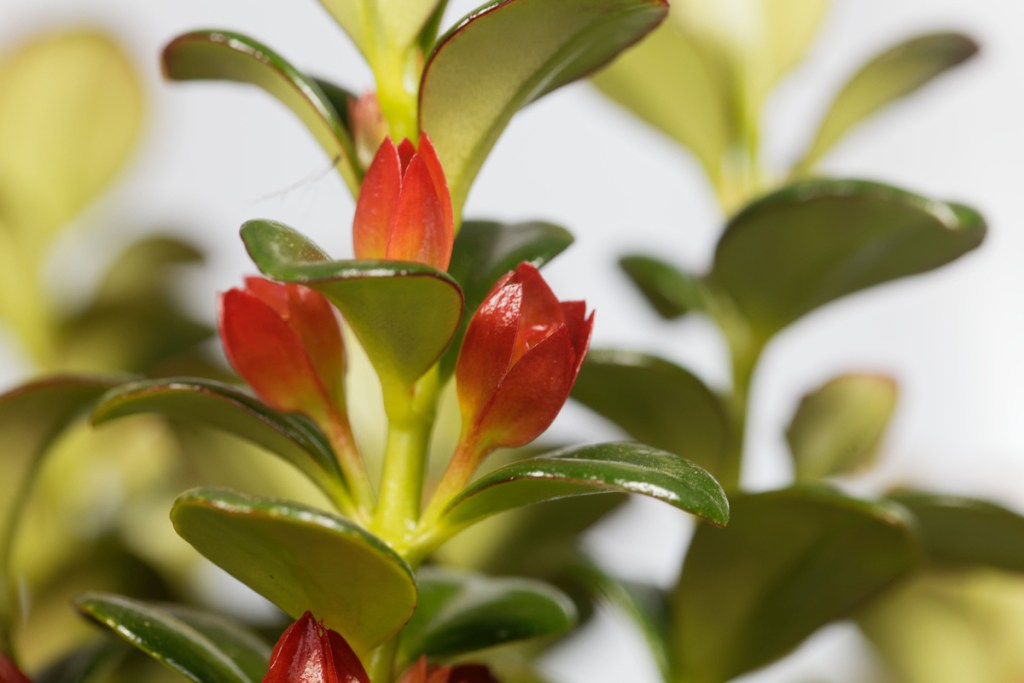
How to get your goldfish plant to bloom
Its dark green leaves and cascading, bright orange blooms make the goldfish plant a beautiful hanging plant. Most commonly, you’ll find plants with red-orange blooms at your local nursery, but other varieties can yield yellow, red, or striped flowers. Whatever color plant you get, how do you encourage it to flower?
Step 1: Keep your goldfish plant in a spot with bright indirect light to help it develop its leaves and blooms. The light will not only encourage beautiful orange flowers, but will also prevent your plant from becoming leggy. Just don’t keep your plant in direct sunlight — this will cause their leaves to burn.
Step 2: Give your plant a half dose of a high-phosphorus fertilizer every two weeks during the growing season to help the goldfish plant develop more blooms.
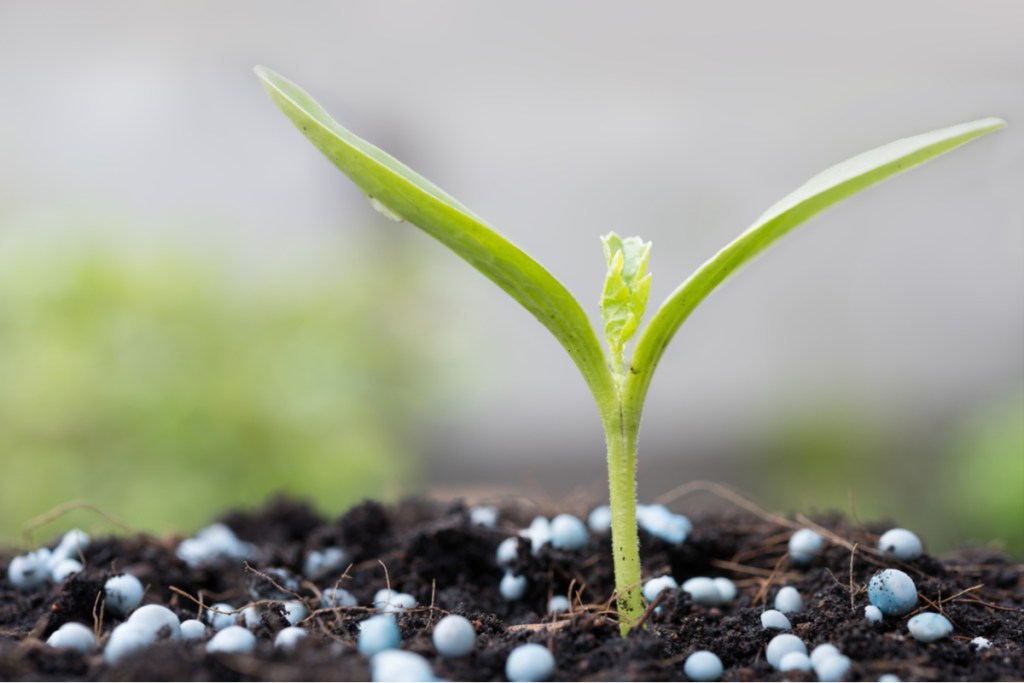
How to propagate a goldfish plant
Propagating a goldfish plant is relatively easy. Here's what you need to do:
Step 1: Cut a stem that is 2 to 3 inches long, with two or three leaves on it but without any flower buds, using a pair of sharp, clean scissors or shears.
Remember to leave two or three leaves on it so that your cutting can still undergo photosynthesis and grow. Don't worry — if you’re hesitant to snip your foliage, remember that cutting back a goldfish plant will actually help it grow back fuller.
Step 2: Dip your cutting into rooting hormone, if desired.
Step 3: Place the cutting into a small pot filled with a well-draining potting mix and allow several weeks for the cutting to properly root. To ensure success, place more than one cutting inside of your pot.
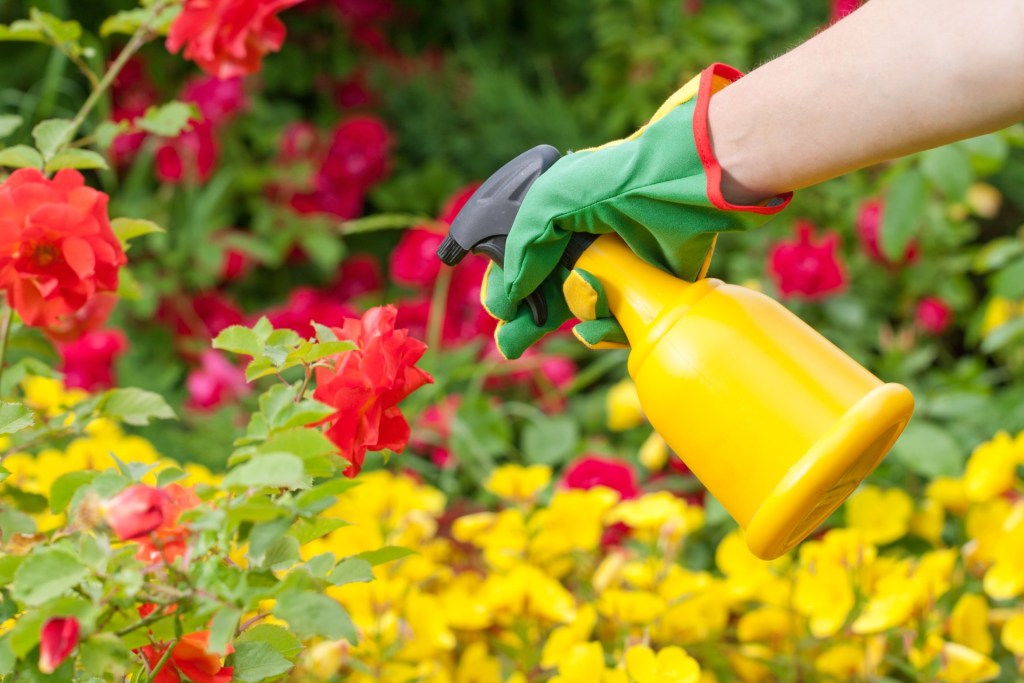
How to remove pests from your goldfish plant
The goldfish plant can be a host for pests such as mealybugs, thrips, and spider mites. Unfortunately, these critters may go unnoticed sometimes because of how the leaves cluster together on a goldfish plant.
Step 1: Check your plant regularly for signs of pests, paying close attention especially to the vines and undersides of the trailing leaves.
Step 2: Remove small pests with a spray of water.
Step 3: Apply neem oil, a natural pesticide, to the leaves to prevent future infestations.
Step 4: Repot your plant, to remove any potential eggs that are in the soil, in the case of repeated infestations.
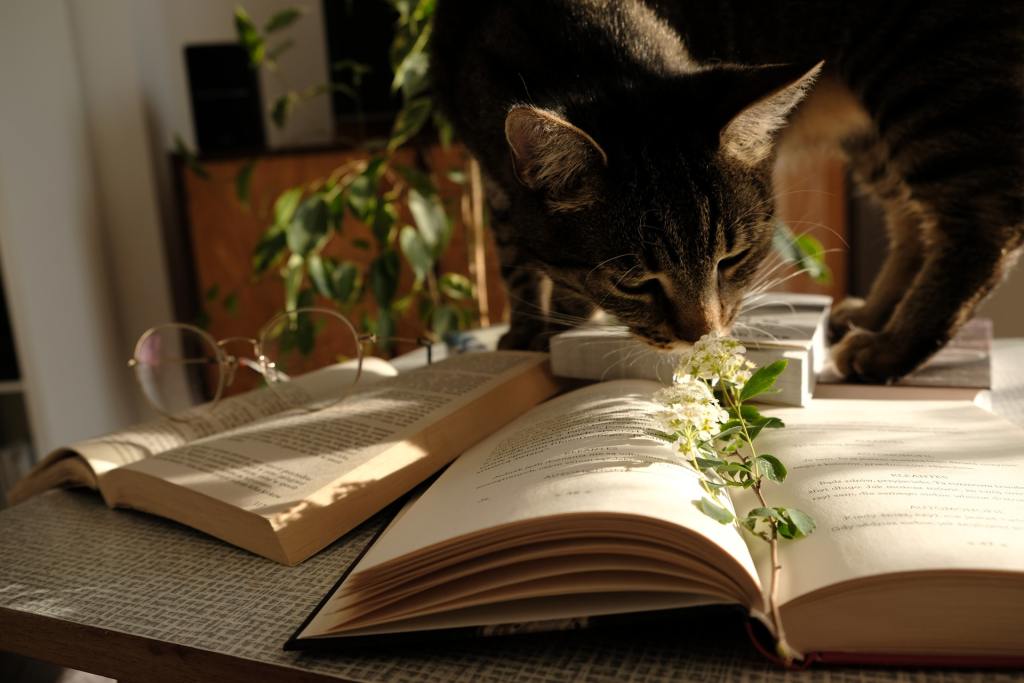
Are goldfish plants safe for pets?
If you own pets, it's a good idea to check every plant you bring into your home, since some of them can be quite toxic to our furry friends! Luckily, you don't need to worry about goldfish plants. Nematanthus gregarius and other plants of the same species are listed as safe and nontoxic for both cats and dogs by ASPCA.
However, you may still want to keep your goldfish plant out of reach of your pets. Being chewed on or knocked to the ground is a major source of stress for plants that can weaken them, making them more vulnerable to pests and diseases. If you cat or dog is particularly curious, it might be a good idea to keep your goldfish plant somewhere your pets can't get to. If your pets do get to your plant and stress it out, don't panic. Keep following your goldfish plant care routine and it should recover over time.

Is there more than one type of goldfish plant?
If you're looking for information about goldfish plant care, you might see some seemingly conflicting information. This isn't a mistake — there's actually more than one plant called a goldfish plant! Columnea, a vining plant native to some of the same regions as nematanthus, is another plant commonly referred to as a goldfish plant. To distinguish the two, columnea is sometimes called the flying goldfish plant, since the flowers are longer and more curved.
You may also see goldfish plants under the name hypocyrta. However, this is the same plant as nematanthus! While they were originally thought to be two different plants, they were eventually discovered to be the same and were combined. Nematanthus is the more widely used name, but hypocyrta is still occasionally used as a synonym.
The goldfish plant has a reputation for occasionally being finicky, but even beginner plant enthusiasts can take care of it with a little due diligence. To keep your goldfish plant happy, leave it at room temperature with plenty of humidity, water, and bright indirect light. With foliage that resembles that of highly coveted plants such as hoya, the thick, glossy, green leaves of the goldfish will be well worth your effort. And in the spring and summer, your hard work will pay off as you witness beautiful red-orange blooms cascading down your goldfish plant!


